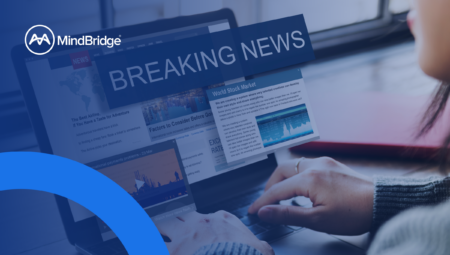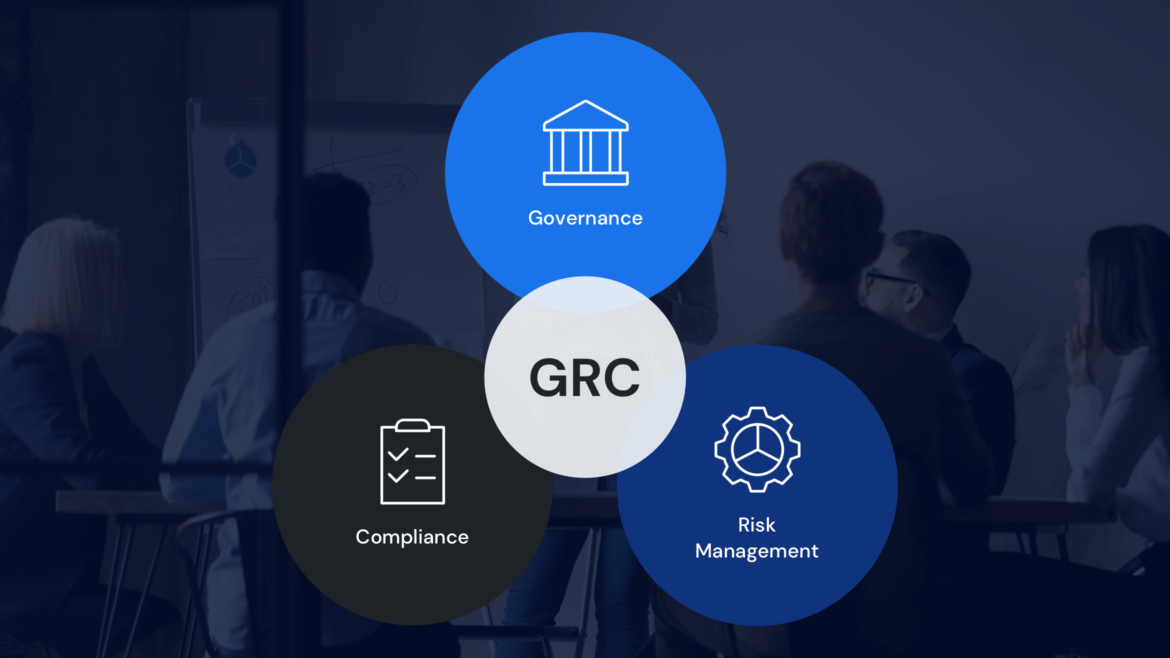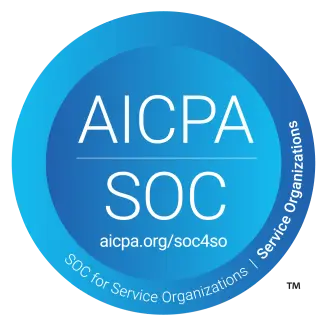Where AI meets internal controls and risk management
For many, crossing into a new year brings with it resolutions to progress, update, upgrade and enhance all parts of one’s life. It’s not so different in businesses and organizations; there is an annual plan, and teams start quickly to shape and reshape programs throughout.
For businesses and entities, with December 31st year ends, a new year also comes with the need to ‘close the chapter’ on the previous year and report to stakeholders their audited financial statements. Needless to say, this is a very busy time for accounting, finance, governance, risk, compliance, and controls teams. They will be working hard to dot the i’s and cross the t’s in presenting the outcomes while also getting a head start in proposing and implementing program updates in their various functions.
This year, new nuances are emerging as more jurisdictions update their oversight to increase the level of liability and personal responsibility for failures. Recently the PCAOB/SEC conference provided an update on new SEC claw back rules on executive compensation for financial statements. This was just after PCAOB put a proposal out for comments on Audit firm quality control requirements that will push further into rooting out critical audit matters. Combined, it appears that there will be a new focus on how businesses manage their risk, the responsibility for disclosing risks, and increased pressure on executives, directors, and officers of the businesses to be free of misstatements in reported figures.
Not only are there new requirements and regulations coming into effect, but there is also the fact that financial and operational data has been more than doubling in amount generated every 18 months. This explosive increase leaves business leaders, control owners, and external auditors with challenges using existing programs, tools, and mindsets. No longer can we solely rely on interviews, surveys, summary-level analytics, and sampling – the coming expectations will be too great.
The risk environment is constantly changing.
With factors such as staffing shortages (Since the pandemic, undergraduate enrollment in public colleges and universities has declined by 9.4% — roughly 1.4 million students.), new regulations, data volume issues, and budget pressures, organizations must be aware of how these pressures affect their risk profile.
Putting data analytics, automation, and Artificial Intelligence at the center of your approach enables you to assess and detect risk within the organization. Anomalies are proven to be a strong indicator of where there is inconsistency in process, human errors, or lack of oversight within your organization. Creating this added transparency helps the organization pursue improvement in enterprise risk management and compliance programs.
AI, specifically, enables the ability to aggregate extreme amounts of data that would typically otherwise be highly cumbersome to aggregate and use for decision-useful information. Therefore, instead of going through a theoretical exercise, you’re able to use actual concepts and actual risks that are permeating through your data.
How do you get started?
Leading global organizations are employing a combination of control technologies with complimentary features and functionality to deliver on their financial reporting objectives and maximize the value of their investment. Adding MindBridge enables a ‘best of breed’ approach that will make the highest impact in the shortest amount of time. Putting AI to work will ultimately alleviate more manual analytics efforts and provide higher value by presenting anomalies and risks, enabling you to prioritize higher-risk items.
MindBridge has been partnering with CPA firms, advisors, and other software companies to create templates and frameworks that accelerate your upgrading of programs and add value almost immediately.
Stay tuned for more on this topic with interactive webinars, panel discussions, white-papers, and more in the coming weeks and months.
Have questions or want to learn more? Don’t hesitate to reach out directly joe.welch@mindbridge.ai, or click on the ‘Book a demo’ link, and the MindBridge team will be in touch with you shortly.





